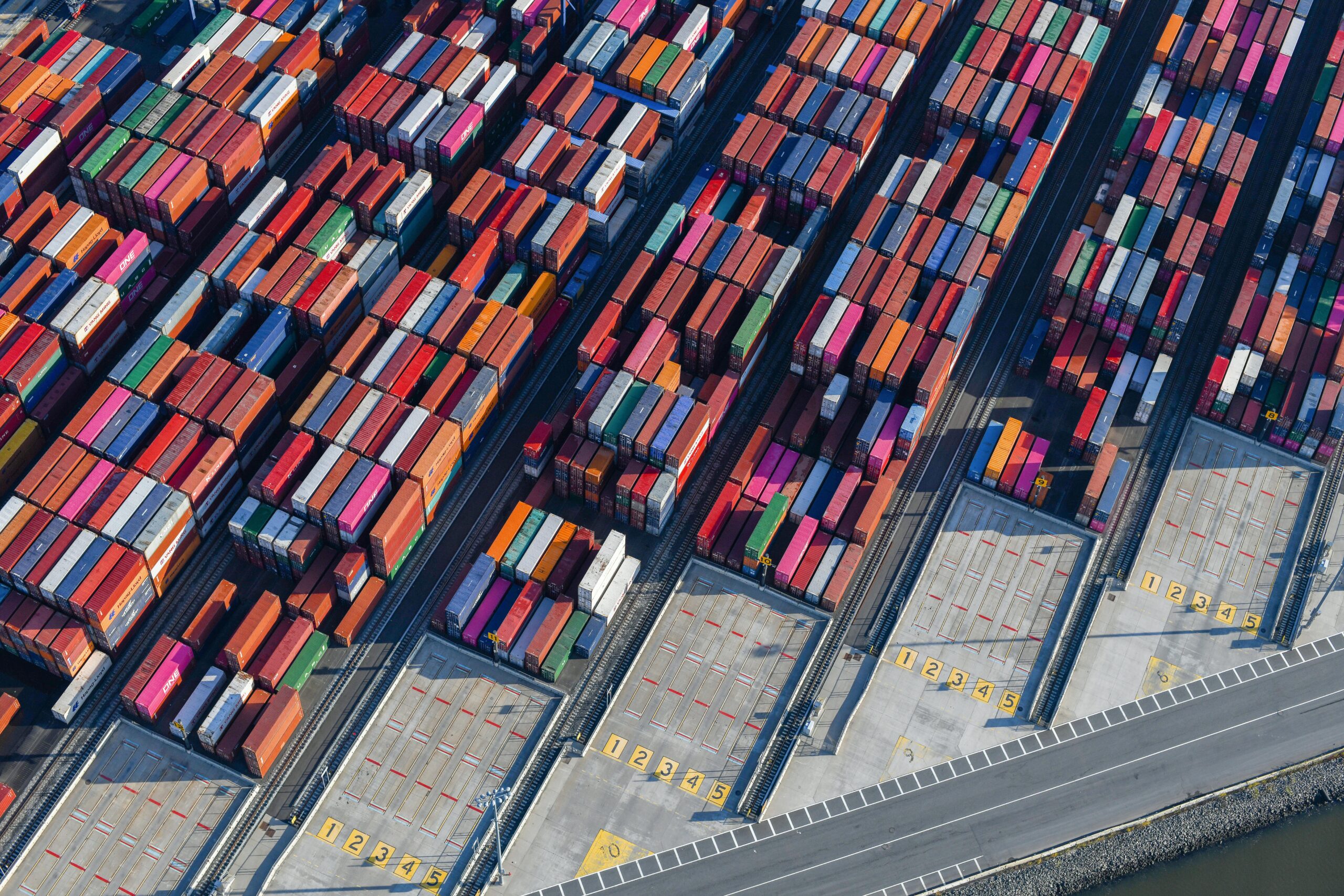In today’s VUCA world—volatile, uncertain, complex, and ambiguous—traditional supply chain strategies that once prioritized cost-cutting and delivery speed are no longer enough. As supply chains grow into globally distributed ecosystems, they face increasing pressure from regulators, investors, customers, and civil society. A sustainable supply chain is no longer a “nice-to-have” — a strategic imperative that drives resilience, compliance, competitive advantage, and long-term value.
Companies that embed sustainability into the core of their supply chain strategy are not only future-proofing operations but also differentiating themselves in crowded markets. This article will explore why sustainability matters now, how to structure your approach, and the practical steps to integrate it across the supply chain lifecycle.
The Driving Forces: Why Sustainable Supply Chains Are Essential Now
Evolving Market & Consumer Expectations for Sustainability
Today’s consumers—especially Millennials and Gen Z—expect brands to act responsibly. Many are willing to pay more for ethically sourced and environmentally friendly products. In this landscape, brand loyalty increasingly depends on supply chain transparency and a demonstrable commitment to sustainability.
Intensifying Regulatory Pressure & Compliance
Governments are tightening environmental and social regulations:
– EU Green Deal: Imposes stricter emissions and environmental reporting requirements across the value chain.
– SEC Climate Disclosure Rules: Mandate climate-related risk disclosures for U.S.-listed companies.
– Extended Producer Responsibility (EPR): Forces companies to manage the environmental impacts of their products beyond the point of sale.
Investor Scrutiny: The Rise of ESG in Supply Chain Decisions
Environmental, Social, and Governance (ESG) metrics are now central to investment decisions. Institutional investors and funds increasingly prefer companies with robust sustainability roadmaps, seeing them as less risky and better positioned for long-term performance.
The Costs of Inaction: Operational, Financial, and Reputational Risks
Failing to embed sustainability in the supply chain exposes companies to:
– Disruptions from environmental non-compliance
– Fines and legal liabilities
– Damage to brand equity
– Loss of stakeholder trust in the digital age
Guiding Frameworks: Structuring Your Sustainability Approach
Understanding the Triple Bottom Line (TBL) in Supply Chains
The Triple Bottom Line framework helps companies evaluate success across three key dimensions:
– Economic: Financial performance and profitability
– Environmental: Minimizing environmental impact and carbon footprint
– Social: Supporting human rights, fair labor, and community well-being
Key Global Standards for Implementation and Reporting
Organizations can structure their sustainability programs using globally recognized frameworks:
- Global Reporting Initiative (GRI): Leading standard for ESG disclosures
- SA8000: Auditable standard for fair labor and decent working conditions
- ISO 14000 Series: Environmental Management Systems (EMS) for environmental impact reduction
- ISO 9000 Series: Quality Management that supports sustainability through waste reduction and efficiency
Operationalizing Sustainability: Practical Integration Across the Value Chain
Sustainable Product Design & Development (DfE)
Sustainability should start at the design phase. Incorporate:
– Eco-friendly materials
– Energy-efficient manufacturing processes
– Modular or recyclable components
Design for Environment (DfE) ensures products are sustainable from inception.
Responsible Procurement: Integrating Sustainability into Sourcing
Embed sustainability into sourcing practices:
– Require carbon footprint and water use disclosures in RFx processes
– Prioritize ethical labor practices and community impact
– Favor suppliers using recycled or certified sustainable materials
Supplier Engagement: Auditing, Collaboration, and Development
Sustainability is a shared responsibility:
– Conduct regular ESG audits
– Collaborate with suppliers for continuous improvement
– Invest in supplier development to build long-term capacity and compliance
Sustainable Asset Management and Investment Decisions
Evaluate supply chain investments on both financial and sustainability ROI:
– Lifecycle environmental impact
– Energy efficiency of assets
– Worker health and safety standards
People Matter: The Critical Social Dimension of Sustainable Supply Chains
Ensuring Fair Labor, Safety, and Well-being
Prioritize ethical treatment of workers:
– Enforce safe working conditions
– Prohibit forced and child labor
– Promote diversity, inclusion, and worker rights
Promoting Socially Responsible Distribution and Community Impact
Ensure access and equity:
– Support distribution models that serve underserved populations
– Partner with small-scale and local suppliers
– Engage in community development initiatives
Closing the Loop: Reverse Logistics and the Circular Economy Advantage
Managing Returns for Compliance, Value Recovery, and Waste Reduction
Reverse logistics is crucial to sustainability:
– Facilitate product returns, repairs, and recycling
– Reduce landfill waste
– Comply with WEEE and RoHS directives
Linking Reverse Logistics to Circular Supply Chain Models
Circular models minimize waste and maximize resource use:
– Remanufacturing and refurbishing programs
– Closed-loop material recovery
– Design products for reuse and disassembly
Conclusion: Sustainability as the Foundation for Resilient Supply Chains
Sustainability is no longer optional—it is foundational. By embedding sustainable principles across the supply chain lifecycle, companies gain resilience, attract investment, and create long-term value. Frameworks like the Triple Bottom Line, standards such as GRI and ISO, and practical initiatives from sourcing to reverse logistics all build a supply chain that is efficient, ethical, responsible, and future-ready.


